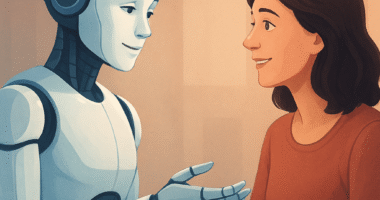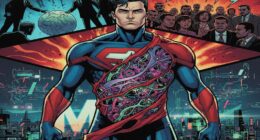In an era where artificial intelligence defines how we create and experience digital content, the concept of “pixel perfection” has transformed from a designer’s obsession to an algorithmic illusion. The pixel perfect illusion powered by AI doesn’t just refine visuals — it redefines creativity, authenticity, and what it means to be “flawless” in the digital world.
Understanding the Pixel Perfect Illusion
The term “pixel perfect” originally referred to design precision — ensuring each element in an image or interface aligned flawlessly on the screen. Today, AI has taken that pursuit to another dimension. Deep learning, machine vision, and generative algorithms can now create imagery indistinguishable from reality.
From AI-generated portraits that mimic human photography to hyper-realistic product renders used in marketing, perfection has become programmable. The illusion AI crafts is not just about sharpness or color balance — it’s about emotional resonance, believability, and influence.
How AI Creates the Illusion of Perfection
Artificial intelligence uses an array of techniques to achieve this seamless illusion:
-
Generative Adversarial Networks (GANs): These networks train two AI models against each other — one creating images, the other judging them — until the generated image becomes convincingly real.
-
Diffusion Models: Popularized by tools like Midjourney and Stable Diffusion, these models gradually “denoise” data to assemble stunningly lifelike visuals.
-
Neural Texture Mapping: AI can simulate materials, lighting, and depth with uncanny precision, reproducing how real-world surfaces interact with light.
What emerges isn’t simple replication — it’s idealization. AI adjusts imperfections, enhances symmetry, and refines details beyond human perception, producing images that hover between reality and fantasy.
The Psychology Behind Digital Perfection
Humans are inherently drawn to balance, harmony, and precision. When AI crafts “perfect” visuals, our brains respond with familiarity and trust — even if the image never existed. This psychological trigger is why AI-powered content works so well in digital advertising, influencer marketing, and e-commerce.
However, this allure has a side effect. The pixel perfect illusion reshapes expectations. People begin to benchmark real-world appearances, products, and experiences against algorithmically perfected standards. From flawless AI influencers to idealized architectural mock-ups, synthetic perfection becomes the new norm — subtly eroding our tolerance for natural imperfection.
The Impact on Creativity and Design
For creators and designers, AI acts both as a collaborator and a disruptor. On one hand, it automates tedious design processes, enhances workflows, and opens new creative possibilities. Tools like Adobe Firefly, Runway ML, and DALL·E empower anyone to produce visually perfect works in seconds.
Yet, this democratization also introduces challenges:
-
Originality risks dilution as AI models recycle existing visual data.
-
Creative industries face ethical questions about authorship and ownership.
-
Designers must redefine what “authentic creativity” means in a world where algorithms can imitate style at will.
Paradoxically, the pixel perfect illusion might lead creatives back to embracing imperfections — the small inconsistencies that remind viewers something was made by hand.
Ethical and Cultural Implications
As artificial intelligence blurs reality, society must confront deeper ethical concerns. AI-generated perfection has been misused in deepfakes, manipulated imagery, and misinformation campaigns. These ultra-realistic visuals can deceive audiences and distort truth.
Moreover, cultural representation becomes a point of tension. If AI systems are trained on biased datasets, their “perfect” creations may replicate narrow beauty standards or erase diversity. Achieving technological perfection shouldn’t come at the cost of human authenticity and inclusion.
The Future of the Pixel Perfect Illusion
Looking ahead, the line between reality and simulation will continue to fade. AI-driven visual engines will not just replicate light and texture but also emotion and storytelling. The next evolution may involve experiential realism — where users can interact with AI-generated worlds that adapt dynamically to human behavior and preference.
Yet progress will depend on balance. To ensure AI serves creativity rather than replacing it, future frameworks will need transparent design ethics, responsible dataset use, and a renewed appreciation for imperfection.
The illusion of perfection may continue to dazzle us, but our greatest creations will always emerge from the blend of algorithmic precision and human imagination.
Final Thoughts
The pixel perfect illusion is more than a technical achievement — it’s a philosophical shift. As AI-driven perfection becomes more attainable, we must ask ourselves what kind of perfection we truly value. The beauty of the digital age lies not in eliminating flaws but in redefining them through intelligent, mindful design.









